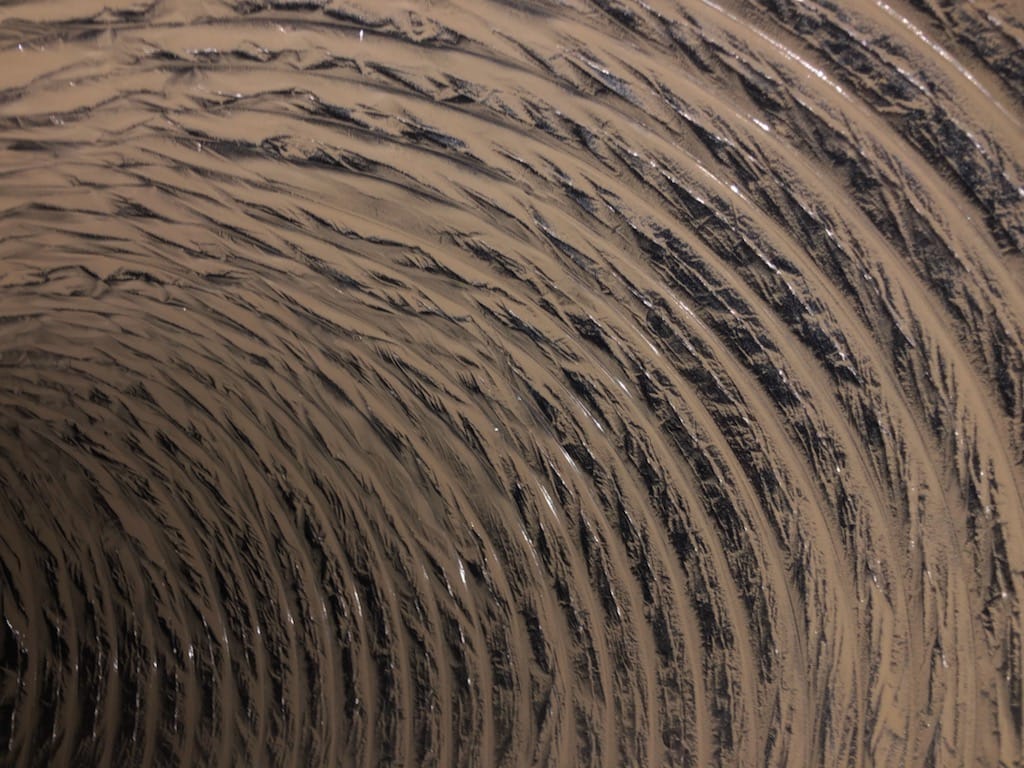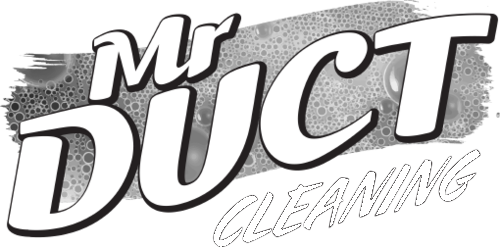
One of the most common places susceptible to mold is air conditioning ducts. These areas are dark and moist, allowing mold to thrive and go unchecked for months on end. They can be home to different species, emitting foul odors and triggering various health problems.
Here are the main molds you could find in AC air ducts:
Chaetomium
Chaetomium’s texture resembles cotton and changes color over time. You can often find it on walls, but the mold can also reach air ducts. It produces musty smells and can bring about severe skin infections.
Acremonium
Acremonium looks like a powdery substance and can generate toxins. Apart from air ducts, it grows in many other damp places, like cooling coils, humidifiers, window sealants, and drain pans. Exposure to this mold can affect the bone marrow and immune system.
Mucor
Mucor appears gray or white and generally grows in dense patches. It can contribute to asthma or exacerbate pre-existing asthma conditions. To avoid serious health issues, contact a trusted air duct cleaning company.
Trichoderma
This type of mold can grow on numerous wet surfaces, such as air ducts and AC filters. It’s usually white with green patches. Trichoderma can expand rapidly, especially in areas of high humidity.
Stachybotrys
Stachybotrys is also called black mold. It’s easy to spot and hazardous since it spreads rapidly. Over time, it can cause breathing difficulties and other allergic reactions.
Ulocladium
Ulocladium mainly grows in kitchens and bathrooms, but it can also develop in air ducts. It’s a layered black substance that can be tricky to remove. Therefore, don’t try to get rid of it without professional help — contact a seasoned professional.
Fusarium
Fusarium typically grows on walls and other water-damaged surfaces. However, it can also show up in air ducts because they’re prone to leaks and other moisture issues. Orange patches are its most popular characteristic.
Aspergillus
Aspergillus is hard to distinguish from other types of mold. It can take on numerous forms and grow in several colors, such as yellow, white, and green. It’s also one of the most dangerous molds, with health effects ranging from sinus infections to bleeding in the lungs.
Alternaria
Alternaria can often make its way to air ducts and features a brownish or greenish velvet-like texture. You can find it in any moist area, including the bathroom and kitchen. The species can trigger many allergic reactions and endanger people with a weakened immune system.
Stay on the lookout for mold
When left untreated, mold can severely compromise your health. To remove any spores from air ducts and stop their circulation throughout the house, reach out to a dependable AC duct cleaning specialist.
Mr. Duct Cleaning offers air duct services, including cleaning, repair, and replacement. We provide air duct sealing, dryer vent cleaning, and furnace cleaning services, too! Our Metro Phoenix, Gilbert, Scottsdale, Tempe, Mesa, and Queen Creek residential and commercial customers can call us at (480)254-5980 today!
